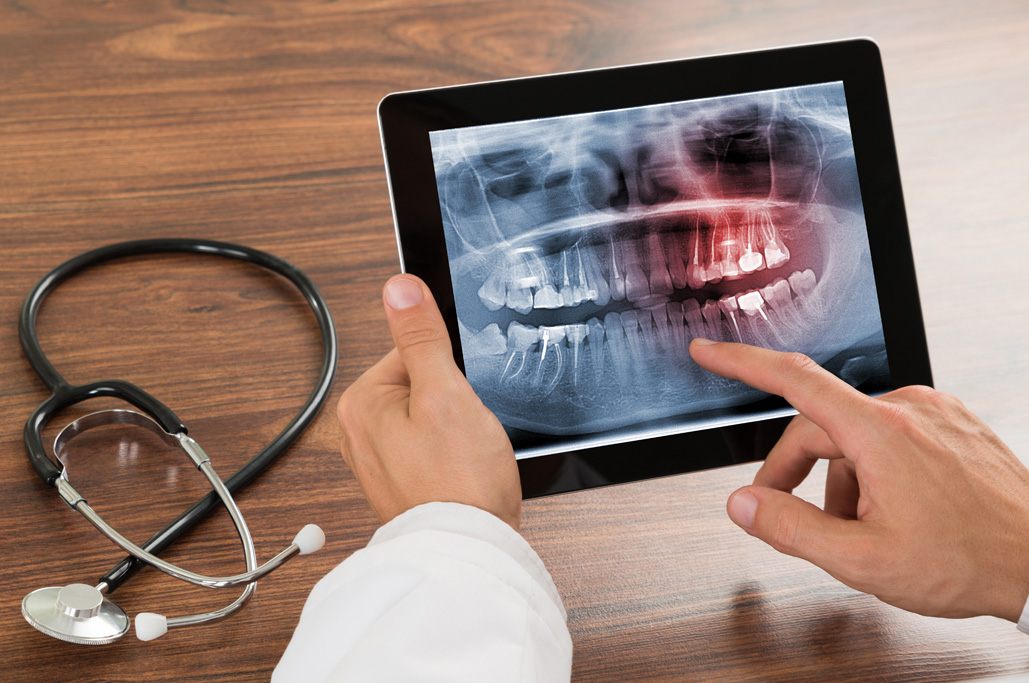
What Science Reveals About Teeth Affected by Toxins Can Tell Us Today
Recent research efforts aimed at understanding Parkinson’s and Alzheimer’s diseases have led scientists to a newly discovered recording device: your natural teeth. Both US and Australian researchers studying neurodegeneration have discovered that improved biomarker and imaging technology now allows experts to inspect someone’s lifetime exposure to metals and toxins.
Recent research efforts aimed at understanding Parkinson’s and Alzheimer’s diseases have led scientists to a newly discovered recording device: your natural teeth. Both US and Australian researchers studying neurodegeneration have discovered that improved biomarker and imaging technology now allows experts to inspect someone’s lifetime exposure to metals and toxins.
Dr. Dominic Hare, a bio-imaging specialist and part of the research team, noted that, “Only now do we have the technology available to use to look back in time at someone’s diet as a child, more than 60 years after they stopped wearing diapers. State-of-the-art imaging technology is a chemical time machine that can tell us about decades-old chemical exposures…” The team starts by using dental biomarker technology to first determine whether or not an adult was breast-fed or formula-fed. This baseline helps distinguish the two study groups. Then, the same technology helps analyze the historical presence of metals and toxins, much like the rings in a tree indicating the history of the tree’s environment.
Formula, along with almost every nutritionally-fortified food we consume, has numerous vitamins, including iron, added to ensure each infant receives sufficient amounts. However, it remains unresolved whether US and European children truly lack sufficient iron in their diets. Against this backdrop, the number of diagnosed cases of neurodegenerative diseases such as Parkinson’s and Alzheimer’s grows, and both diseases involve abnormal processing of iron.
What researchers are trying to determine is whether such exposure to higher levels of iron in childhood, along with any genetic predispositions, may ultimately explain higher rates of such debilitating diseases. No matter the ultimate findings, the imaging and analysis technology behind the research can be an important bridge in longitudinal biological studies.
And through science, our teeth may be the looking glass to the past and key to a brighter future.

